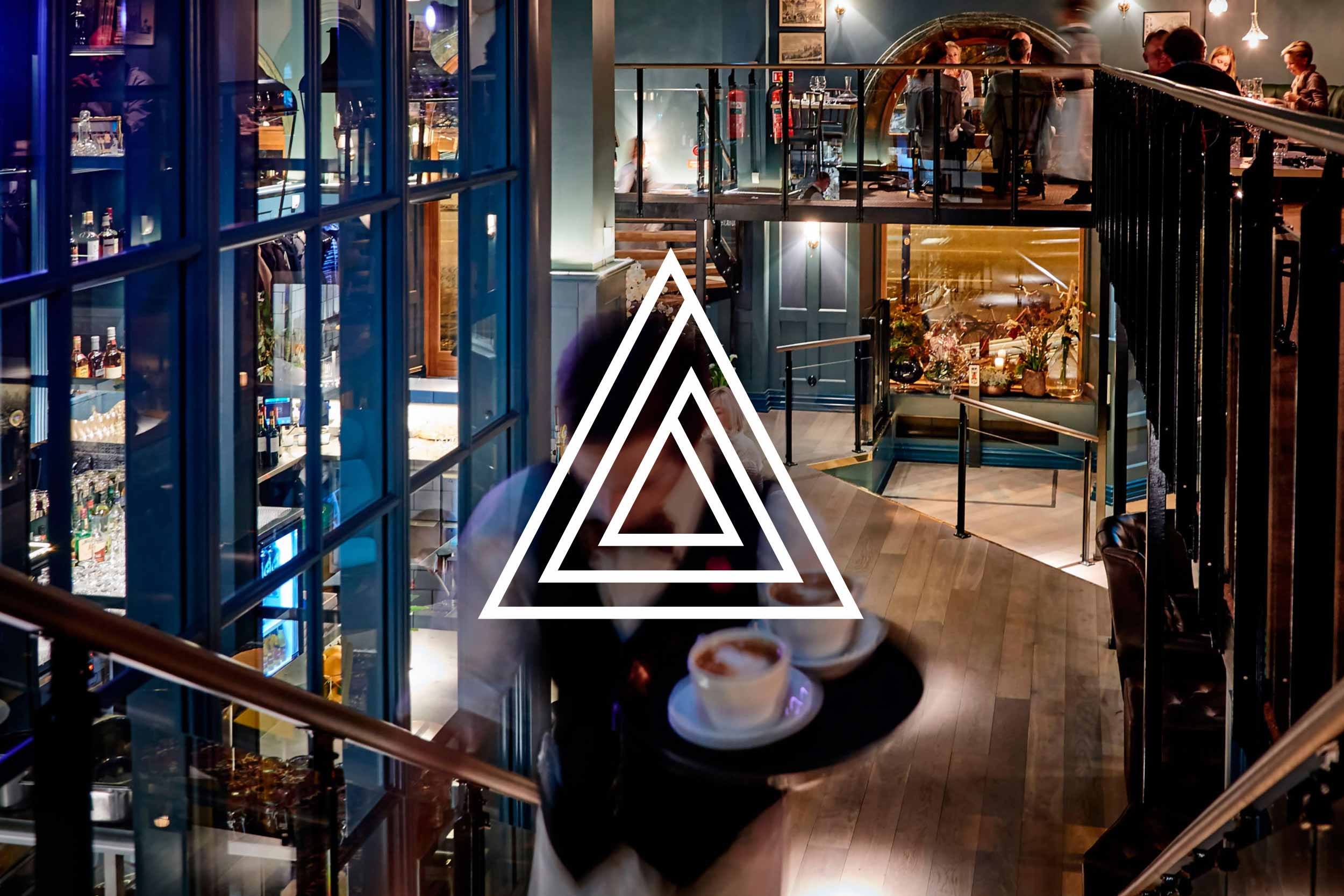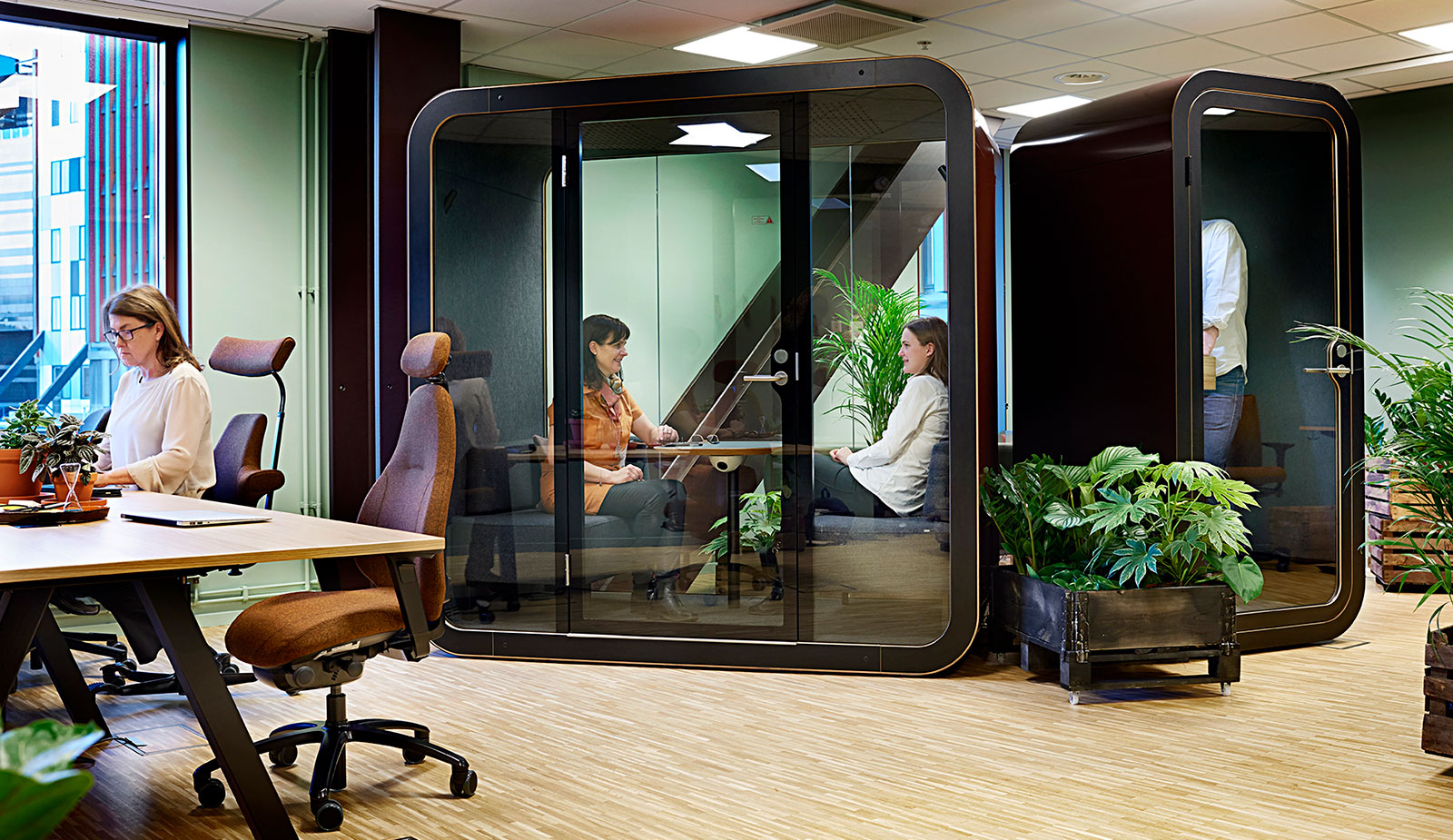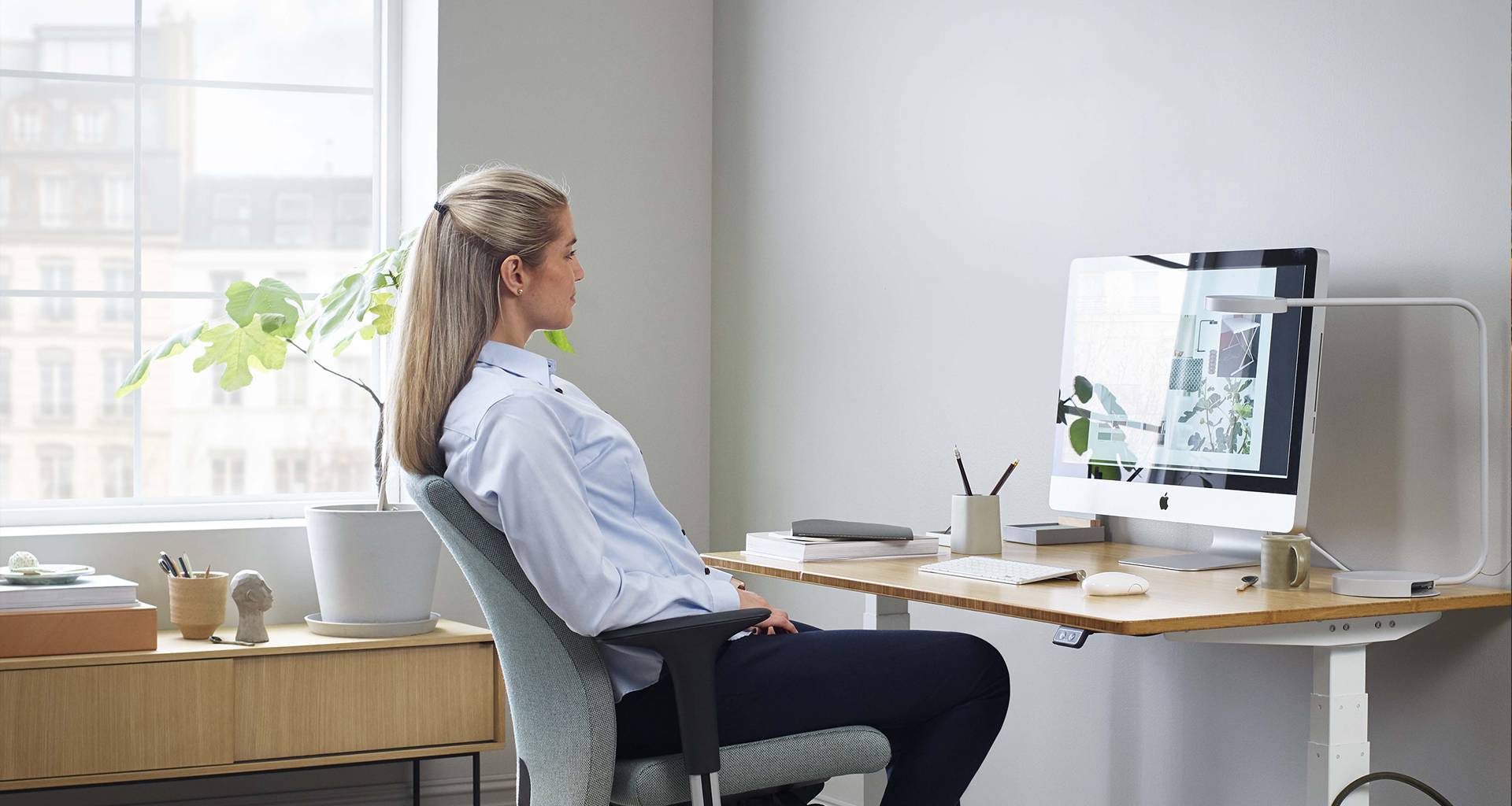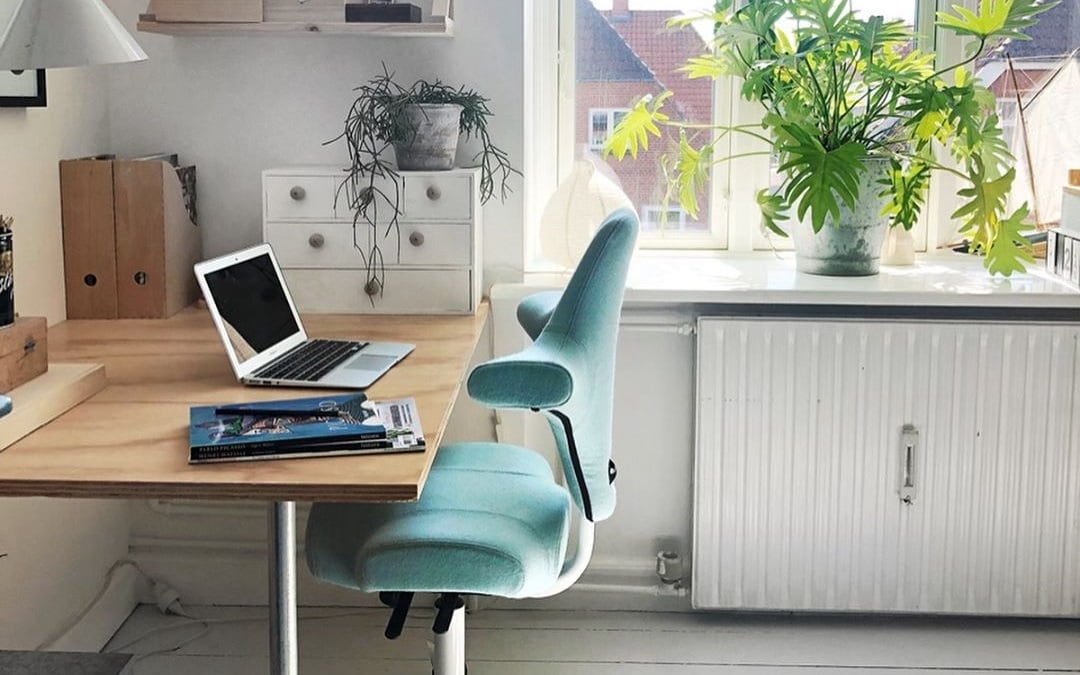
How the workplace will adapt to the pandemic - by Superlab
Experimental design research centre Superlab share with us their insight into how the world of work will react to the 2020 global pandemic.
- Design
- Wellbeing
- Guest Feature

Work goes from being space controlled to become a mental action. The pandemic has accelerated a development that has already been going on for some time. Our workplaces and corporate cultures are significantly challenged, and it now affects all generations of the workforce. It requires us to re-evaluate how and where we perform work. We are all affected in some way and the big question everyone is asking right now is: what will the new office look like? Based on what we have seen so far, this is our picture of tomorrow's office.
The pandemic challenges the office
In recent years, we have seen a change in work environments. Being at work is no longer the same as “I am working”. The change is where people are in focus and where innovation is driven by agile and mobile employees. Or at least this is what many companies have been striving for. When we slowly return to our offices, many of us will probably be faced by a new everyday life. Restructured organizations, new ways of working and sometimes physical changes. Many companies will revise their planning, adapt their work culture and employees will be challenged again. But how should we think to adjust to this "new" reality and will our office environments be as important as before?
Create spontaneous business development
Because digital meetings are always planned, there is no room for spontaneity between colleagues or companies, which can be devastating for innovation. It is in the spontaneous meeting that new business ideas are developed and initiated, say among other studies from Mindgym. Their studies also show that weak links in the right context provide the conditions for creativity. Therefore, cultures based on collaboration will have an even stronger role in the future, which means coworking or offices geared to facilitate meetings. We will see new types of floor plans where spontaneous meeting areas are becoming increasingly important. Even flex seats for multiple users who come and go will take a larger share of today's area. Enhancing the opportunity for a unplanned meeting will become a key factor for any office environment.

Physical meeting becomes even more important
We have to remember that we are social beings, and although online meetings can be a lot of substitute, it is not the same as being IRL. Just as phones did not replace the physical meeting, neither will video calls do it now. Rather, the physical meeting will become even more important. There will still be a great need for things like strategic meetings, negotiations or workshops with employees. These important meetings will be valued more, at the same time as an improved meeting culture will allow us to take simpler progress meetings remotely as it saves time and are just as effective. Perhaps this can also largely eradicate unnecessary slant meetings. The environmental aspect is another positive effect of this change when we suddenly do not travel to the same extent as before in business trips for meetings.
The "home office" is not a new phenomenon
It is not a new phenomenon to work from home and there are, of course, many benefits to it, both in terms of economy, productivity, environment and freedom for the worker. But there are also a lot of disadvantages. In recent months, many have experienced concentration difficulties in the home office. The laundry pile stares at you, the lack of available leadership and loneliness are problems that many have currently been dealing with. What changes we will see in the long term from this is difficult to say at present, but what can be noted is that many are longing to return to the office - but not as often and albeit maybe in other forms. For a long time, the trend has been towards greater flexibility, both in terms of leases and working environments. Coworking and activity-based workplaces are both results of this. The younger generations have for quite some time now worked where it suits them, not by a work desk dedicated just for them. Working from anywhere other than the office, whether it is at home, in a cafe or at the local coworking space, it will now finally be accepted in the modern work environment by all generations. Perhaps even a requirement when employers see benefits in reducing office pressure, but also in enhancing innovation by interacting with other companies located in exciting start-up environments.

Work-life balance is off balance
An interesting result of the home office in recent months is its effect on other things. Data from health companies such as Wellbefy show that employees feel that their work-life balance has decreased in April and May compared to previous months. This is something many of us has recognized, and something that employers must deal with when we are back in the “new normal”. We must recreate a strong work culture that benefits our employees and our businesses. To restructure ourselves quickly, we can see that the office will have an even stronger importance as a base. For some, it becomes extremely important to have a workplace to go to that can restore the balance of belonging.
Some companies become completely remote
Although we say that the physical office will be an important part of the future, it will not be important for everyone. Some companies will have no physical office at all. Today it is most common in the startup world that you work "remotely". At companies such as Mapillary with headquarters in Malmö, all employees have the opportunity to work remotely, from home, from a café or from abroad. This gives employees the opportunity to live wherever they want in the world. Something we see is a high demand from the younger workforce. We will also see more hybrid companies, such as Contentor, where the head office is a permanent workplace for about 10% of employees, while 90% work from wherever they want in the world.
But having a company with a lot of remote workforce requires a certain type of culture that is based on trust and a flat organization. Existing companies that want to switch to this type of work will face many obstacles. Therefore, this trend will grow, but not explode. It is rather so that newly formed companies will have the opportunity to create the right culture and structure to be "remote" right from the start, that will account for the big change.
Read - How 'Big-Data' can inform workplace design - with the Leesman Index

The personal workplace is dead
On the whole, we have seen the development for a long time, but the covid-19 pandemic situation has accelerated the process. Everything indicates that tomorrow's workplace is not just a physically dedicated place, but something much bigger. The future working environment is a common sense of purpose, a culture that encourages collaboration, development and community that is built to drive the values of the business forward. A strong corporate culture that creates and builds employees is becoming increasingly important for all types of businesses. A hallmark of the future workplace is human employees who work side by side physically and digitally in environments that suits their tasks. It could be an excellent opportunity and a positive effect of the pandemic that companies are pressured to redefine their office and work culture.
If you would like to hear more from Superlab, watch our recent digital discussion featuring Superlab founder Niklas Madsen, where along with our other panelists, he explores the impact of coronavirus on the workplace, and our return to the office.
This article was written by the team over at Superlab, an experimental design laboratory with the main goal to study the future workplace and the furniture design of tomorrow.
This might also interest you
A deeper look at the history behind the HÅG x Recouture Collab
Learn how åkle developed across Norway, why the motifs look the way they...
HÅG x Recouture : Heritage craft for a design icon
Learn how Recouture give traditional Norwegian åkle new life, in...
Improving ergonomics at work: practical guidance for companies
Ergonomist Rebecka Ullholm shares what most companies get wrong about...